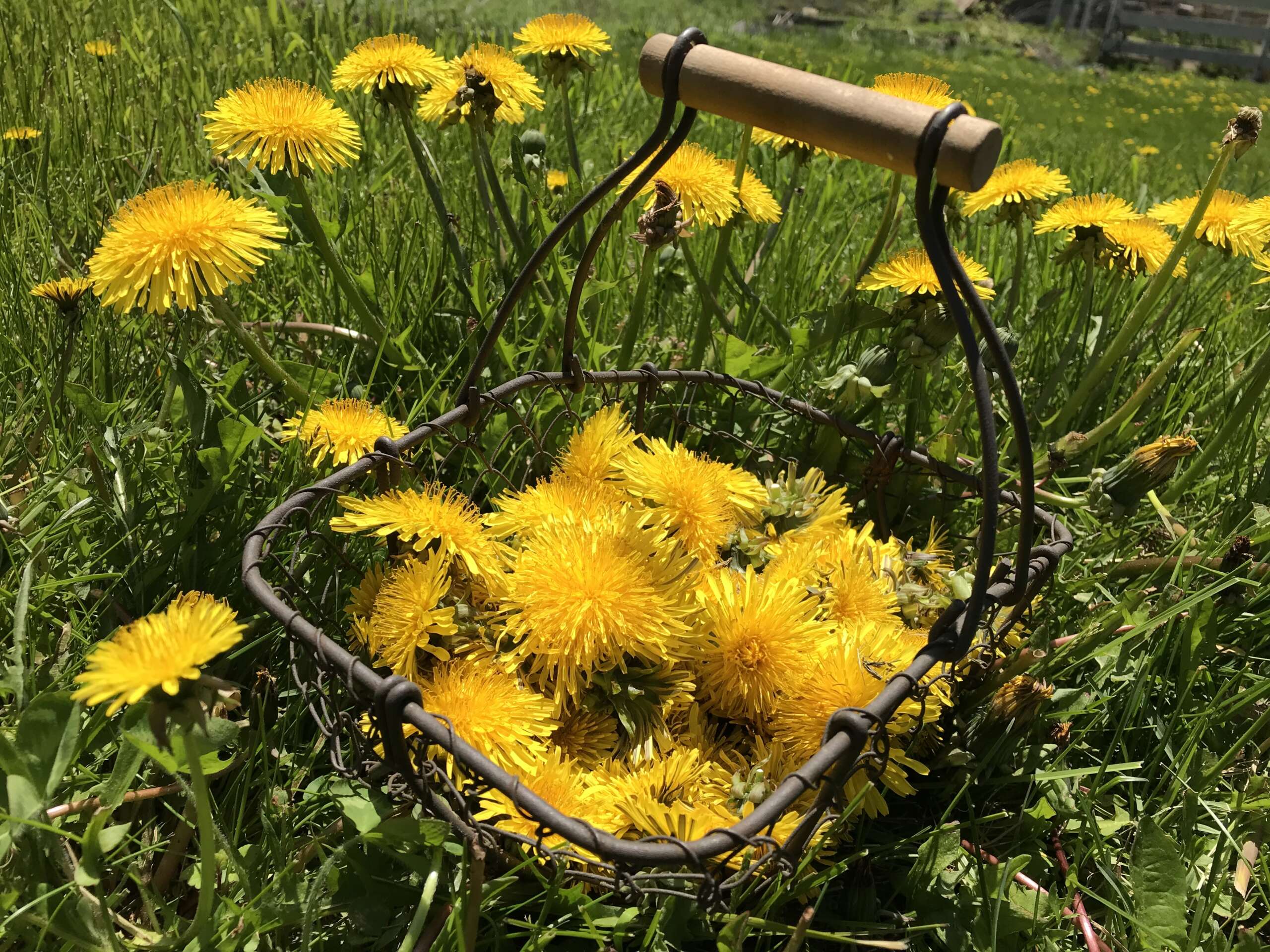
The next time you’re in a wide open field, pasture or meadow dotted with beautiful yellow dandelions, know that these prolific little delights are not only beautiful, but packed with nutrition and offer a host of healthy benefits. Let’s explore this amazing plant.
Dandelions are known as Pu Gong Ying in Chinese Medical terminology and are used frequently in East Asian Medicine. The name comes from the French “dent-de-lioun,” which translates into “tooth of the lion” due to its sharp leaves. They are known to aid the liver, kidneys and gallbladder. In East Asian Medicine, herbs are used to heal and this includes the flowers, bark, roots and seeds. For example, if an herb is considered “warming,” it is given for cold conditions. An herb that is bitter would clear heat and detoxify. If an herb is sour it benefits the liver. If an herb is red it benefits the heart and blood. EAM creates herbal formulas that use a combination of different herbs to balance the formula and keep it safe.
Dandelion is considered a cold, bitter and slightly sweet herb. Its milky juice clears heat, detoxifies blood, reduces swelling and helps the early stages of a cold. Dandelion helps the liver and gallbladder by increasing bile production, and helping in cases of jaundice. Often dandelion is combined with licorice, milk thistle and fennel to create a mild to moderate detoxing formula.
Here are some other key benefits of this plant:
- It is a diuretic and aids the kidneys, urinary disorders and may prevent kidney stones
- Lowers blood pressure (as a diuretic)
- Assists in weight loss (as a diuretic)
- Helps digestion, increases bile, is a mild laxative
- Stimulates the production of insulin by the pancreas for diabetes
- Has iron, vitamins and protein to help anemia
Dandelion can be eaten, taken in a tea or as a supplement. Be careful when picking dandelions on your own and ingesting them, as the area they grow in may be sprayed with harmful chemicals. But if you know the area to be safe, harvest these beauties all season long and store them for future use.
Dandelion tea can be an excellent way to detox during the transition from winter to spring. You simply boil the plant, (stems, leaves and flowers), for 30 minutes, then strain it and drink the water. But you should always make sure that you work with an herbalist who knows your medical history before you do any detox, as overconsumption can lead to digestive upset and could potentially be harmful if you have certain medical conditions.
Despite their many potential benefits, dandelion plants and supplements shouldn’t be considered a replacement for a balanced diet and healthy lifestyle. But, if you eat its greens, roots, and flowers in their whole form — in salads, baked dishes, sides, and snacks — this root vegetable makes a unique, nutritious addition to your diet.

